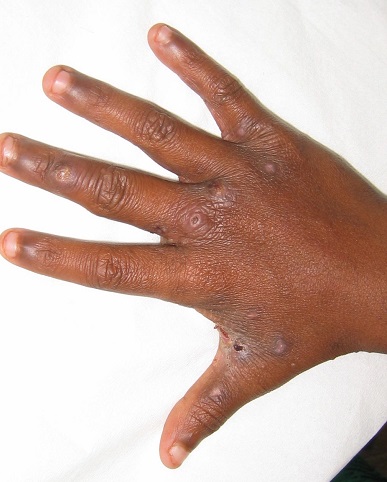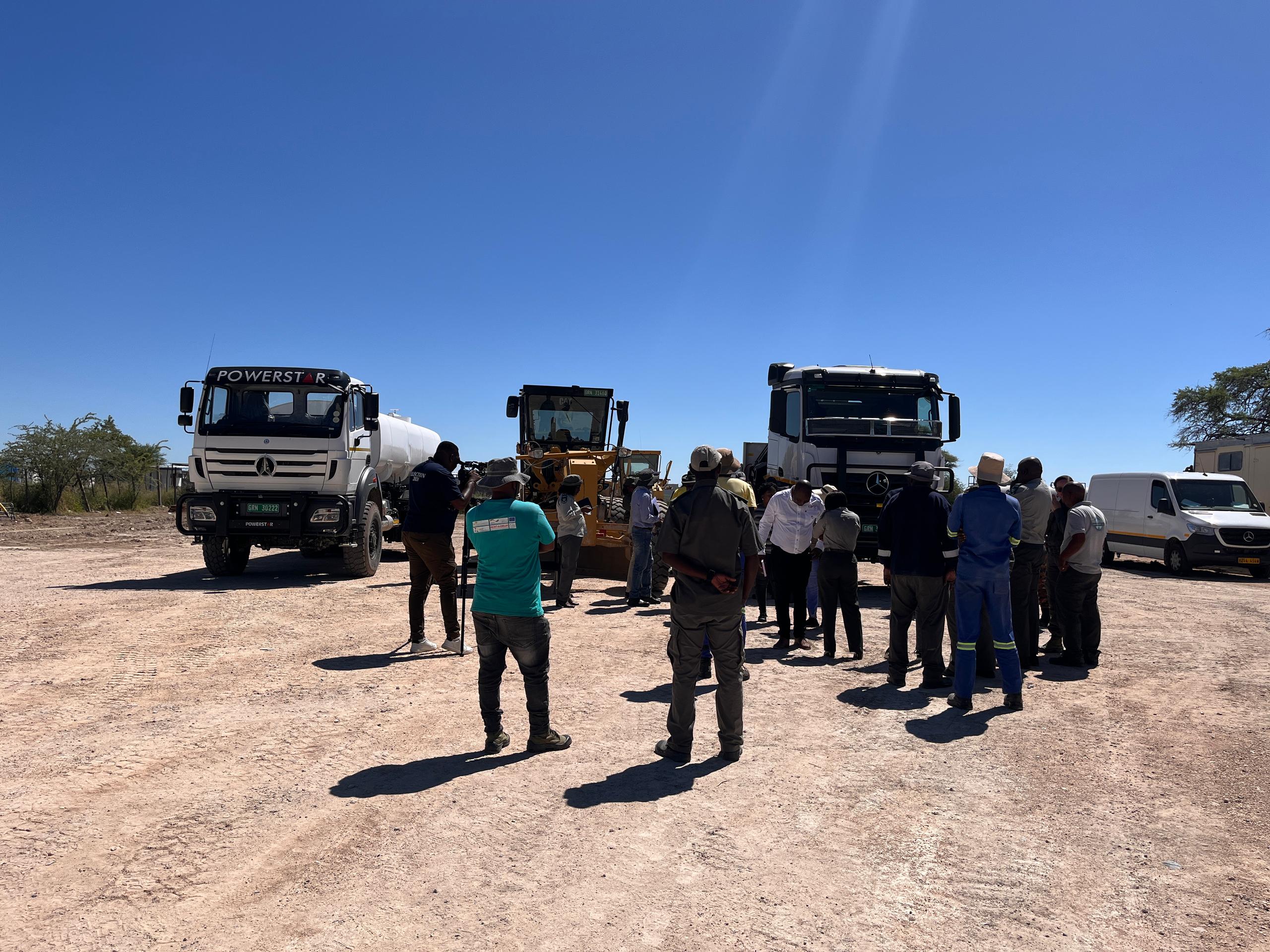Scabies cases in the Ohangwena region continue to rise, affecting more than 5 484 people this year.
Scabies is a contagious, intensely itchy skin condition caused by tiny mites that burrow into the skin.
Last year, the region reported between 400 and 800 average cases of scabies, which were treated at public health facilities across the region.
Ohangwena governor Walde Ndevashiya said the number of cases exponentially increased to 10 780 in 2022, and continues to rise this year, as 5 484 cases have already been recorded.
“This disease requires a high level of hygiene to be practised by all residents of the region. Clothes, linen or blankets need to be washed regularly. Blankets can also be hung in the sun and the germ that causes scabies will die. Residents who find themselves with rashes are advised to report to the nearest health facility for treatment and information,” he said.
Furthermore, the region has also reported 921 cases over the same period, mostly from school children.
Ndevashiya said about 51% of cases are from the age of six to 10 years, while 26% is among the zero to five year age group.
“These cases were reported mostly from the following constituencies: Engela, Ondobe, Endola, Eenhana and Okongo.
Awareness campaigns have been conducted with community leaders and the public, as well as with school principals and circuit inspectors.
“Radio interviews were also conducted, as well as the distribution of information leaflets,” said Ndevashiya.
He further added that the rise of scabies cases comes at a time when the region is recovering from the effects of Covid-19.
Efforts to get comment from Ohangwena health director John Hango proved futile.
The residents of Engela constituency, which is one of the affected constituencies in the region, say the outbreak is concerning, especially with records indicating that it is more prevalent in rural areas.
Amalia Nghiyolwa told The Namibian that the statistics are worrisome and she fears contracting the disease, as it is highly contagious.
“We interact with people on a daily basis and many people travel from villages to come to town for shopping. We sometimes buy things from them like agriculture commodities and we get into contact with them and we are afraid that we might catch scabies through our daily interactions,” she said.
Stay informed with The Namibian – your source for credible journalism. Get in-depth reporting and opinions for
only N$85 a month. Invest in journalism, invest in democracy –
Subscribe Now!










